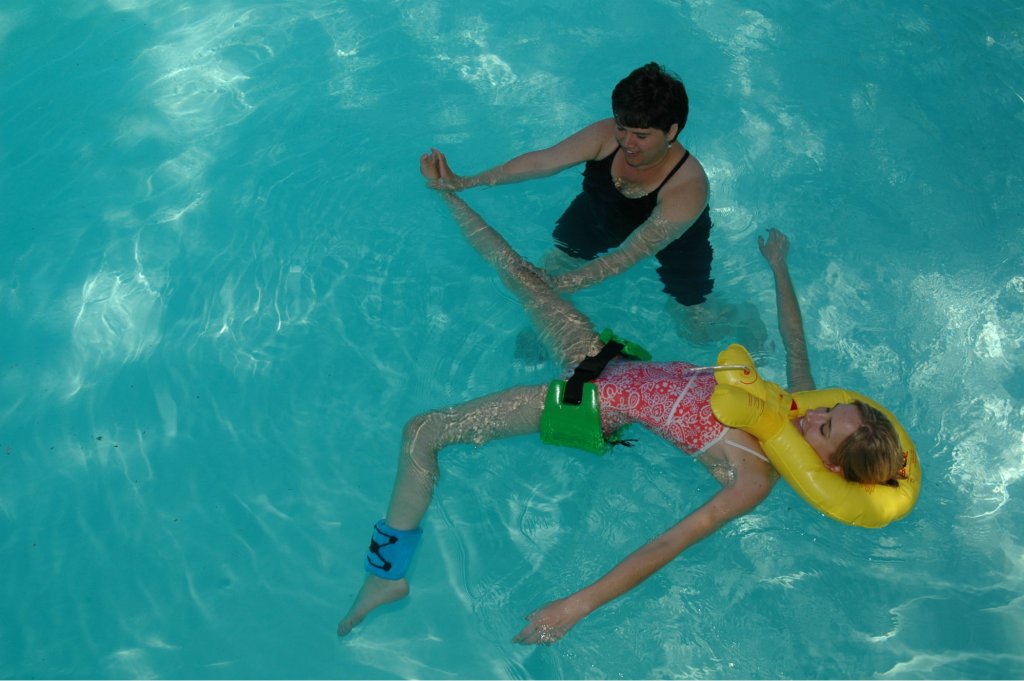Troubling Trend
Andrea Salzman, head of the Aquatic Resources Network, has noticed a trend lately – and it’s weighing on her.
Recently, she’s been speaking out about the negative impact the insurance industry is having on aquatic therapy. It’s not that it is in danger of disappearing, she explains, but insurance companies are minimizing aquatic therapy — and that’s making it difficult for physicians to give their patients the best care.
“Aquatic therapy is a wonderful, reimbursable thing,” Salzman says.
But insurance firms say they have the power to restrict its use because they’re paying for it. She says they do pay more for aquatic therapy than land-based therapy — say, $3 more per 15 minutes in the pool — so they may limit reimbursable treatment to six visits, or allow such therapy only for certain populations. “It’s really starting to affect how often and long aquatic therapy is allowed,” Salzman says.
“It’s the decision of the doctor, patient and family, but insurers are micromanaging and that robs the physician of a [recovery or therapy] tool.”
Andrea Salzman already has made a mark on aquatics — and she’s just getting started.
The aquatic therapy professional’s career spans 25 years, during which she established and maintains the Aquatic Resources Network, called the largest multidisciplinary clearinghouse of aquatic therapy information, connecting over 19,000 aquatics professionals globally.
She also is director of programming for Aquatic Therapy University, and she helps many facilities during the start-up and training stages of their practices.
Salzman holds a Master’s in physical therapy from University of Alabama at Birmingham. She launched Aquatic Resources Network in 1996. Now, she dedicates most of her time on Aquatic Therapy University. It grew out of a plea from doctoral students who wanted education in the specialty after aquatics was pushed out of many grad schools. Offerings include two-day lab-intensive classes and two-week intensives. Students can earn an Aquaticist certification.
At ATU, Salzman trains other instructors and occasionally leads classes. The institution has 11 campuses in the U.S., and locations in five countries and territories. “The goal is to have a campus in every state and country,” Salzman says.
Her career includes a stint as editor-in-chief of the Journal of Aquatic Physical Therapy. She’s written articles for industry publications; managed pools; and been an adjunct professor in the College of St. Catherine’s physical therapy program.
